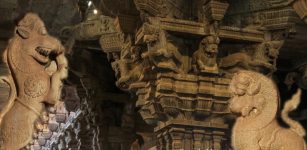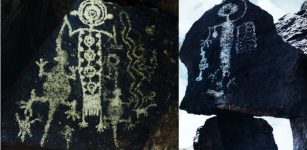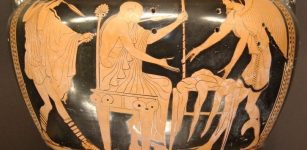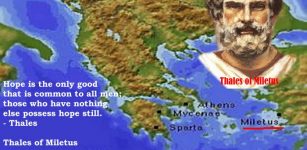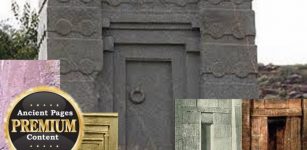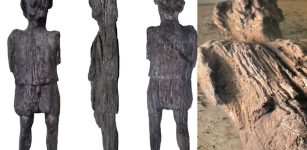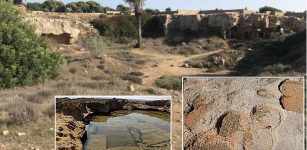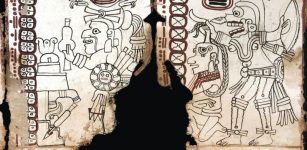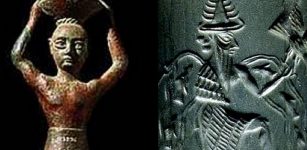Parthian Jar Burial Dated To 247 BC – 224 CE Unearthed In Iran’s Kurdistan Province
Conny Waters - AncientPages.com - A team of archaeologists has unearthed a historical grave dating back to the Parthian era in a village of the western province of Kurdistan.
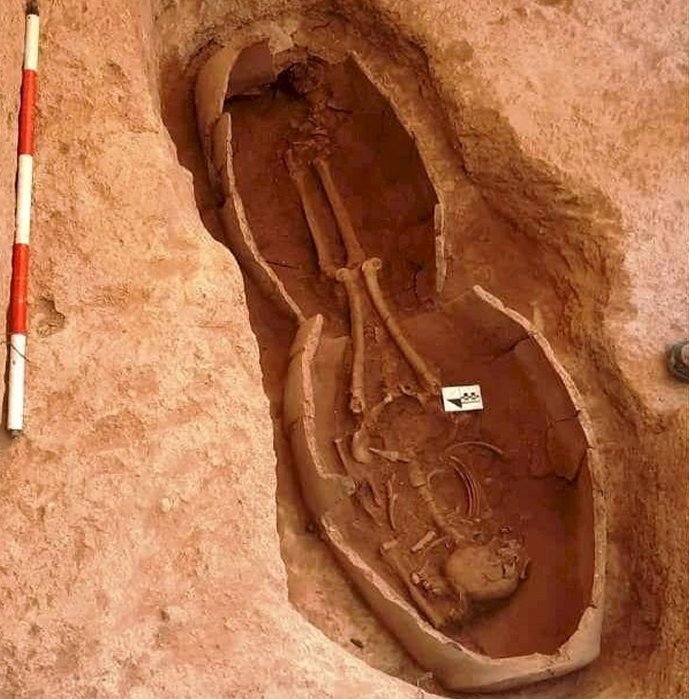 Image credit: Iran Front Page
Image credit: Iran Front Page
The tomb’s chamber contains an ancient human skeleton with a spearhead beneath its ribs. The remains are believed to date back to the Parthian-era (247 BC – 224 CE), the provincial tourism department informed.
Supervised by the Research Institute of Cultural Heritage & Tourism, the survey was conducted near the construction site of a dam in Sarvabad County.
The archaeological team came to the site following speculations that there might be relics in danger of damaging due to works at the construction site.
“Based on the burial traditions of the Parthian era, large jars usually served as coffins,” said a senior provincial cultural heritage official, as cited by Iran Front Page
The discovered graves contain two large jars with the body inside. The jars are laid on the ground
“In the Parthian burial tradition, [giant] jars usually played the role of coffins, and in the discovered tomb, according to the Parthian culture, the body was placed inside two earthen jars…
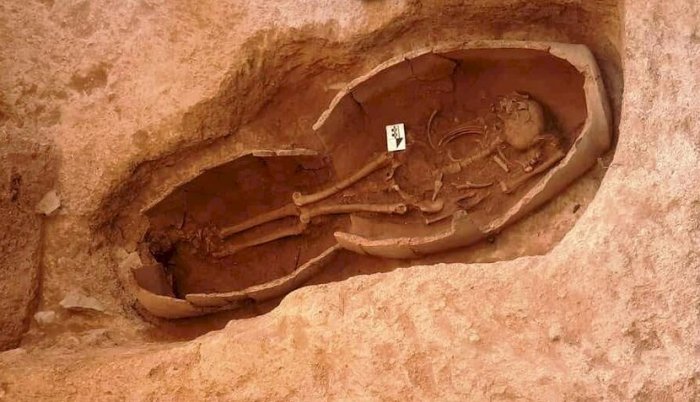 Image credit: Tehran Times
Image credit: Tehran Times
“Below the ribs, the body appears to have belonged to a person who died of injuries,” said Shokouh Khosravi, who led the project, and added that the bayonet was found under the chest ribs.
“Researchers in the field of archaeology and other interdisciplinary sciences have begun their research and studies on the remains of the body. When the research is complete, the results will be released in the form of reports and scientific articles,” he said.
The Parthian Empire, also known as the Arsacid Empire, was a major Iranian political and cultural power in ancient Iran.
The Parthians largely adopted the art, architecture, religious beliefs, and royal insignia of their culturally heterogeneous empire, which encompassed Persian, Hellenistic, and regional cultures. At its height, the Parthian Empire stretched from the northern reaches of the Euphrates, in what is now central-eastern Turkey, to eastern Iran.
Written by Conny Waters - AncientPages.com Staff Writer


